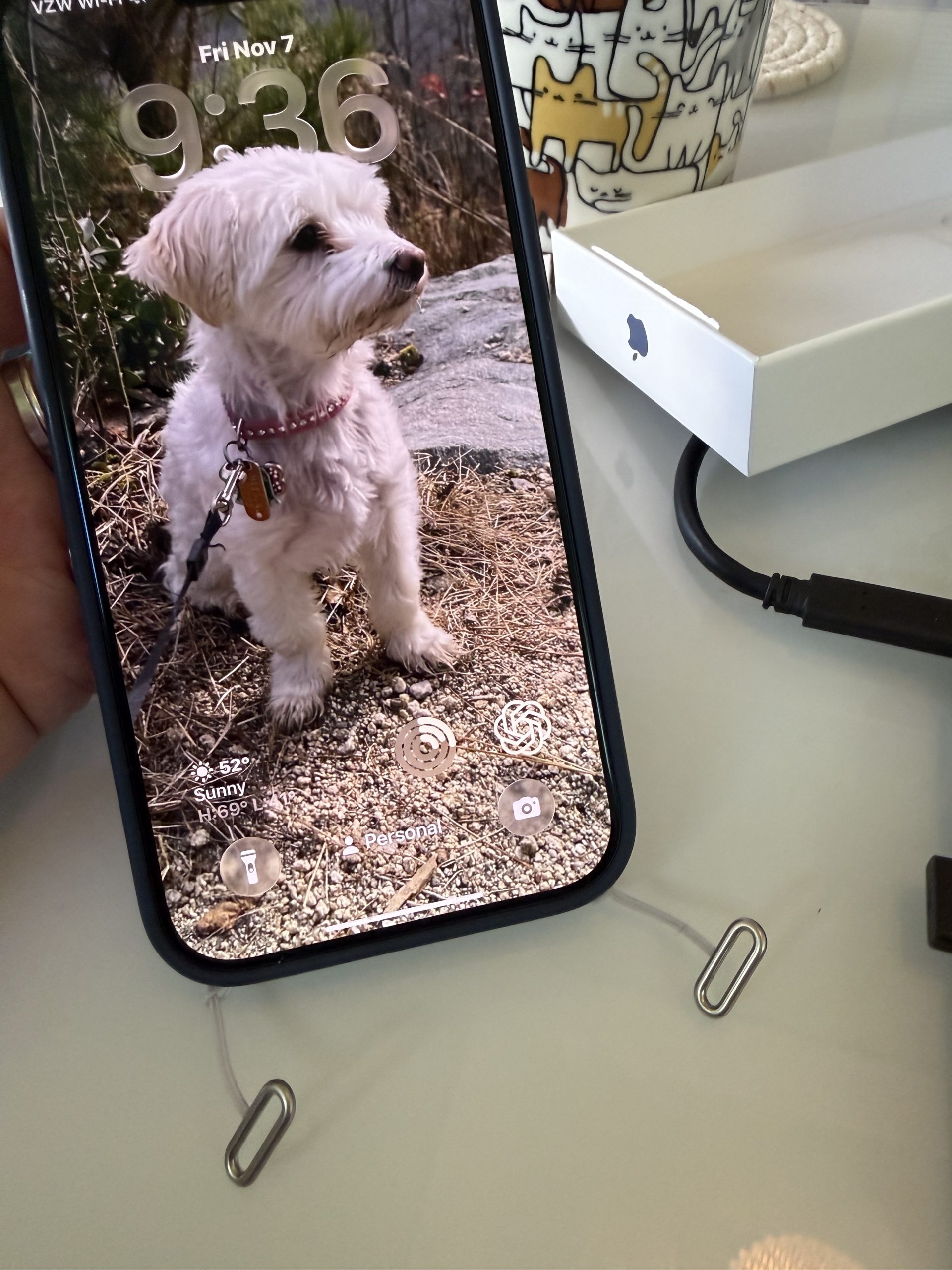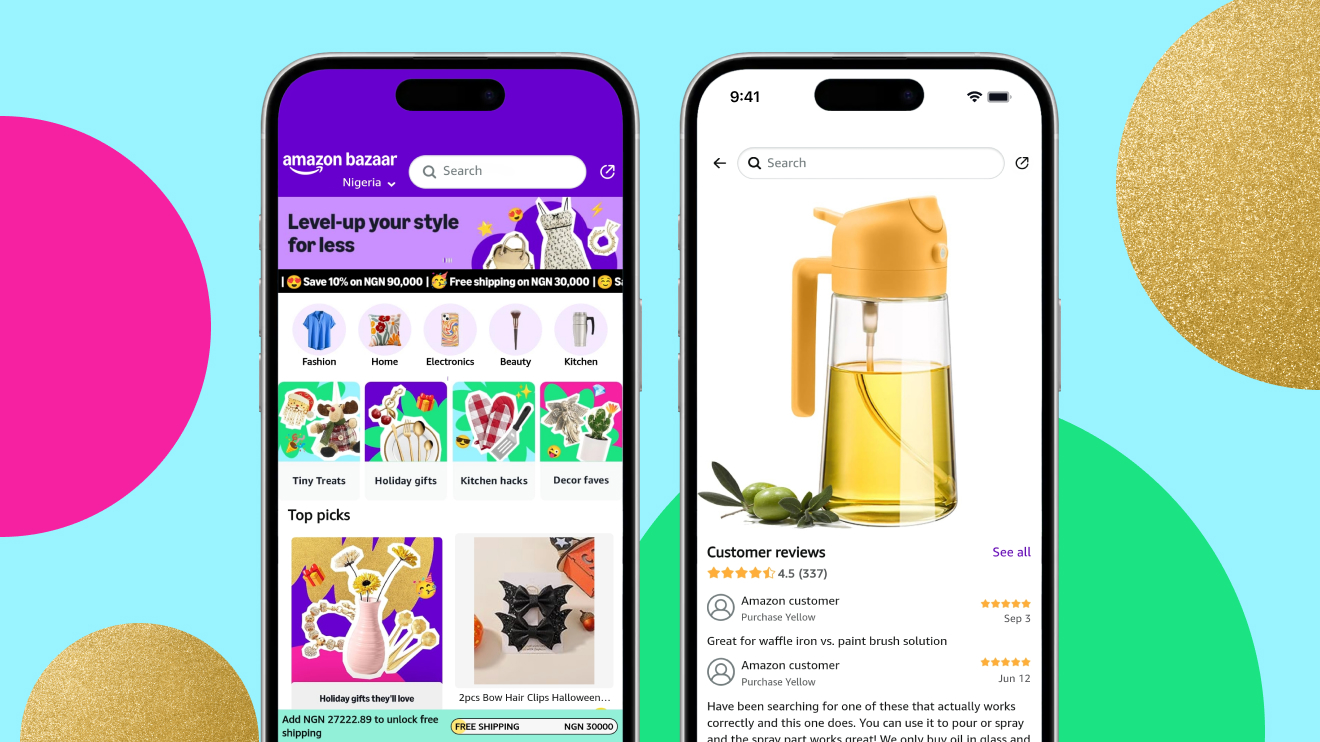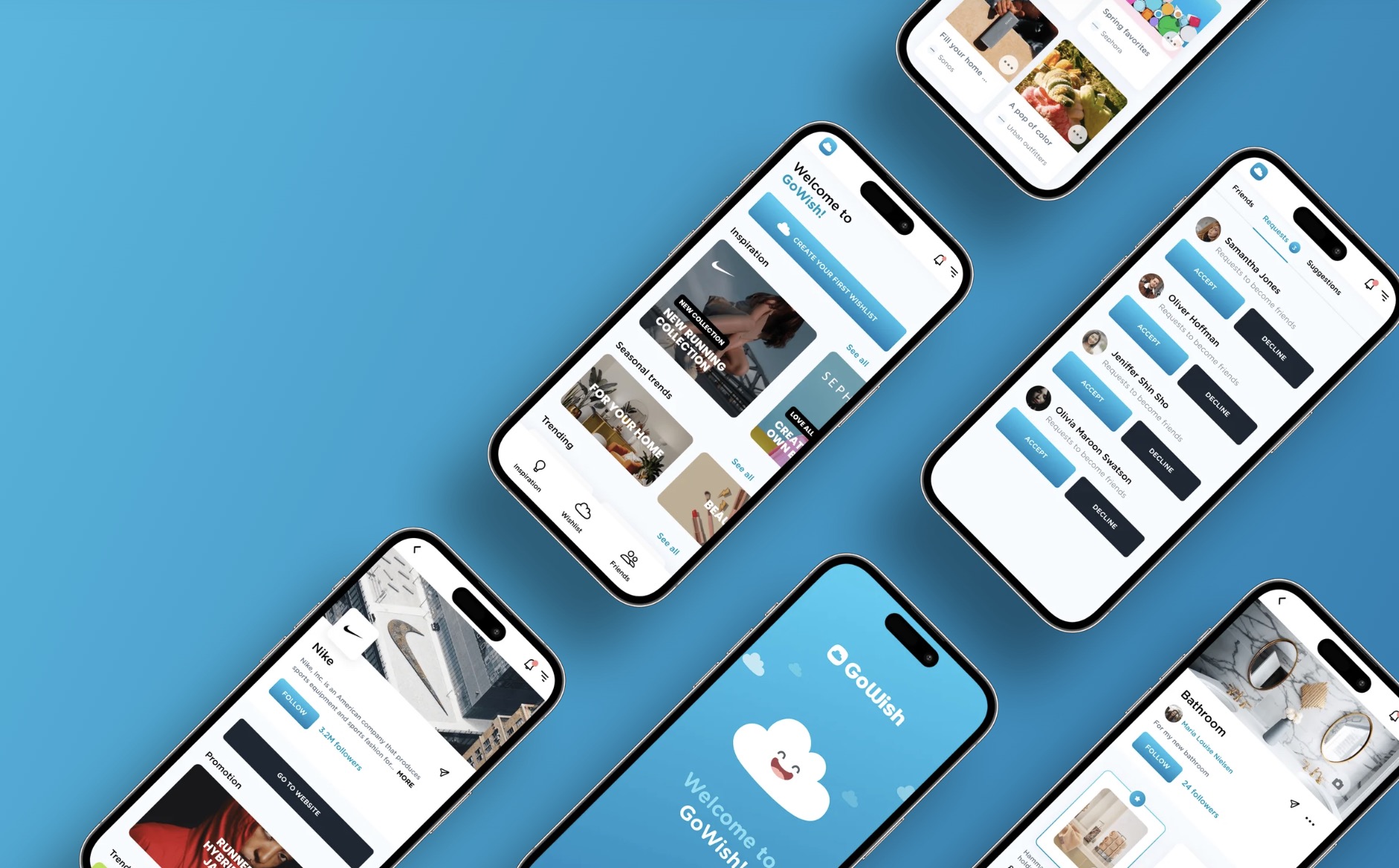
The technological landscape witnessed a notable expansion in September, following the unveiling of Apple’s latest smartphone iterations, the iPhone 17, 17 Pro, and Air. Concurrent with these highly anticipated device launches, the Cupertino-based tech giant introduced an entirely new accessory category: its proprietary crossbody strap. Priced at $59, this innovative item is designed to allow users to wear their iPhone akin to a small shoulder bag, with the strap draped diagonally across the torso, ensuring the device remains readily accessible. Initial reactions to this accessory have been notably diverse, polarizing consumers and reviewers between those who champion its practical utility and others who view it as an unnecessary or even aesthetically unappealing addition to their mobile experience.
A New Paradigm in iPhone Portability
Apple’s venture into the wearable phone accessory market with a dedicated crossbody strap marks a strategic evolution in how the company approaches user interaction with its flagship device. For years, the market has seen a proliferation of third-party phone lanyards and cases with integrated straps, particularly gaining traction among younger demographics, travelers, and individuals seeking hands-free convenience. These accessories address a growing need as smartphones have become larger and more integral to daily life, often exceeding the capacity or availability of pockets in modern attire. The appeal of a hands-free solution extends to busy parents, active individuals, and professionals who require their device to be constantly within reach without occupying their hands or pockets.
Historically, Apple has excelled at identifying nascent trends or niche markets and then refining them with its signature blend of premium design and user-centric engineering. From the ubiquitous AirPods that redefined wireless audio to the expansive ecosystem of Apple Watch bands, the company has consistently demonstrated an ability to transform functional items into desirable lifestyle products. The crossbody strap, therefore, can be seen as Apple’s official endorsement and elevation of a trend that has simmered for some time in the accessory world. By introducing its own version, Apple not only legitimizes the category but also attempts to set a new standard for quality and integration, aiming to capture a segment of the market increasingly prioritizing convenience and accessibility in their mobile device usage.
Design Philosophy and Material Innovation
True to Apple’s meticulous design ethos, the crossbody strap differentiates itself from a multitude of generic lanyards through thoughtful material selection and subtle engineering innovations. The accessory is crafted from recycled PET yarns, a choice that underscores Apple’s ongoing commitment to environmental sustainability by utilizing polyester derived from recycled plastics. This material gives the woven strap a substantial feel and increased durability, distinguishing it from the often flimsy fabrics found in less expensive alternatives.
Beyond its tactile qualities, the strap incorporates an ingenious magnetic system. Flexible magnets embedded within the material ensure that the overlapping strap sections remain securely aligned and sleekly integrated, preventing awkward twisting or bunching. This magnetic feature works in tandem with robust stainless steel sliders, allowing users to effortlessly adjust the strap’s length to their preference while maintaining a polished appearance. The generous adjustability, ranging from a maximum length of 81.9 inches to a minimum of 42.5 inches, accommodates a wide array of body types, a significant advantage over many fashion-focused crossbody bags that often lack such versatility. Furthermore, Apple has designed the strap with a deliberately unisex aesthetic, moving away from the overtly gendered designs or jewelry-like embellishments prevalent in many third-party straps. This inclusive approach, combined with a $59 price point, positions the strap as an accessible fashion statement, encouraging users to potentially purchase multiple colors to complement various outfits.
The Comfort Conundrum
While the practical benefits of the crossbody strap are clear, the user experience is not without its potential drawbacks, particularly concerning comfort. Anecdotal feedback from early adopters and reviewers indicates that the strap, depending on individual body shape and chest size, can occasionally cause discomfort by rubbing against the neck or shoulder during prolonged wear or movement. This friction is often exacerbated by the natural pendulum motion of the iPhone as the wearer walks, with the device gently tapping against the leg, which in turn causes the strap to shift.
This issue becomes more pronounced when wearing clothing that exposes more skin, such as off-the-shoulder tops, where the strap directly contacts bare skin rather than fabric. While generally not severe enough to completely negate the accessory’s convenience, the irritation can be noticeable over several hours, leading some users to periodically switch the strap to the opposite side of their body for relief. This ergonomic consideration highlights a common challenge in wearable technology: balancing optimal functionality with sustained physical comfort. The design, while robust, may not fully account for the dynamic interactions between a user’s body, clothing, and a constantly moving, albeit lightweight, device. It serves as a reminder that even the most meticulously designed accessories can present individual comfort variables that are difficult to universally predict or mitigate.
Aesthetic Considerations Beyond Utility
Perhaps the most contentious aspect of Apple’s new crossbody strap revolves around its aesthetic impact, particularly when the strap is detached from the iPhone. The strap connects to the phone via two thin, looped cords that are threaded through designated holes on the bottom of a compatible phone case. These cords terminate in metal anchors, to which the main strap then snaps into place. While this attachment mechanism ensures security and durability, it presents a significant visual drawback.
The initial process of threading these connectors through the case can be somewhat intricate, especially for individuals with larger fingers, suggesting it’s not an action users would want to perform regularly. The design implicitly encourages users to simply unsnap the main strap when they wish to go "strapless," leaving the small cords and metal anchors dangling from the bottom of the iPhone. For a brand synonymous with sleek, minimalist design, this creates an unfinished and, as some critics have described, "silly-looking" appearance. In an era where fashion and personal expression heavily influence accessory choices, this aesthetic compromise is a notable point of contention. For many, an iPhone is not just a tool but a statement piece, and the dangling connectors disrupt the device’s otherwise pristine lines. This aspect starkly contrasts with premium alternatives, such as Bandolier cases, which often feature integrated metal rings for strap attachment, providing a much cleaner look when the strap is removed, albeit at a significantly higher price point. This decision by Apple might prioritize robustness and connection security over the seamless aesthetic continuity often associated with its products.
Security Implications: A Double-Edged Sword?
The introduction of a highly visible iPhone accessory like the crossbody strap has also ignited a crucial debate regarding its potential impact on personal security. On one hand, some argue that wearing an expensive, new iPhone so prominently could make individuals a more attractive target for opportunistic thieves. The strap, in this view, effectively advertises the presence of a valuable device, potentially increasing the risk of theft in crowded public spaces or tourist areas.
Conversely, a compelling counter-argument suggests the strap could act as a deterrent. Rather than being an easy target for a quick grab-and-run, a phone securely fastened to a person’s body would necessitate a more overt and forceful act of theft, such as cutting the strap with a knife. This increased level of effort and risk for the thief might make the strapped iPhone less appealing compared to a loose device resting on a table or held casually in hand. The debate underscores the complex nature of urban security and personal safety in an increasingly connected world. While the strap offers a practical solution for preventing accidental drops and keeping the phone readily accessible, its role in deterring or attracting criminal activity remains a subject of ongoing discussion and practical observation.
Navigating a Crowded Accessory Market
Apple’s entry into the crossbody phone strap market is not pioneering a new category but rather legitimizing and elevating an existing one. For years, the accessory landscape has been populated by numerous third-party manufacturers offering a range of solutions, from universal lanyard cards that fit inside any case to integrated strap cases from brands like Bandolier, Casetify, and PopSockets. This pre-existing market showcases the demand for hands-free phone carrying solutions, driven by a blend of fashion, convenience, and security concerns.
Cheaper alternatives, often found on e-commerce platforms like Amazon, typically employ a simpler design where a fabric or cord attaches to a single metal loop, frequently connected via an insertable card that sits within the phone case. While these options are budget-friendly, their durability is often questionable, with many users reporting strap or connector failure over time due to a single point of stress. Apple’s design, with its dual-cord attachment and robust materials, appears to address this vulnerability, offering enhanced reliability and a sense of security. However, at the higher end, brands like Bandolier have carved out a niche by blending high fashion with utility, offering leather cases, elegant chains, and modular accessories like attachable wristlets and pouches. These premium offerings, often priced between $100 and $150 for a case and strap combination, demonstrate a market willing to pay for superior aesthetics and integrated design. Apple’s $59 strap sits in the middle, attempting to balance premium quality with relative affordability, while also aiming for a broader, more unisex appeal than some of its fashion-forward competitors. Its success will depend on whether consumers perceive its specific blend of design, durability, and brand prestige as a compelling value proposition within this diverse market.
The Broader Context: Apple’s Accessory Ecosystem
The launch of the crossbody strap fits seamlessly into Apple’s broader strategy of cultivating a comprehensive and interconnected ecosystem of devices and accessories. For Apple, accessories are not merely add-ons; they are integral components that enhance the user experience, offer additional functionality, and serve as significant revenue generators. Products like the Apple Pencil, Smart Keyboard Folio, and a vast array of MagSafe accessories for iPhones underscore this philosophy. Each accessory is designed to extend the utility and enjoyment of the core device, deepening user engagement with the Apple brand.
The crossbody strap, in this context, represents Apple’s recognition of evolving user habits and the desire for more dynamic ways to interact with their iPhones. As smartphones become indispensable tools for work, communication, navigation, and entertainment, the demand for accessories that facilitate constant, convenient access grows. By offering its own strap, Apple maintains control over the quality, design, and user experience, ensuring it aligns with the brand’s premium image. It also potentially paves the way for future wearable phone accessories or deeper integration with upcoming iPhone cases, further cementing the device’s role as a central hub in users’ daily lives. This strategic move is less about introducing a revolutionary product and more about perfecting a functional need within its controlled environment, aiming to provide a reliable, branded solution where third-party options might fall short in consistency or integration.
Conclusion: A Niche or a Trendsetter?
Apple’s crossbody strap emerges as a product of both careful consideration and certain compromises. Its strong points lie in its thoughtful construction, employing recycled materials, integrated magnets for a sleek profile, and broad adjustability, all presented with a distinctly unisex aesthetic. For travelers, busy professionals, or anyone seeking to keep their iPhone securely at hand without burdening pockets or hands, the convenience it offers is undeniable. The robustness of its dual-point attachment system also promises greater longevity compared to many cheaper alternatives.
However, the accessory faces challenges, particularly concerning occasional physical discomfort during prolonged wear and, more significantly, the aesthetic awkwardness of the dangling connectors when the strap is removed. This latter point, in particular, may prove to be a sticking point for a brand that places such a high premium on visual elegance and seamless design. The ongoing debate about its security implications further adds layers of complexity to its reception. Ultimately, the Apple crossbody strap embodies the company’s characteristic approach: offering a premium, well-engineered solution to a practical problem, yet sometimes with design quirks that might not resonate universally. Its long-term success will likely hinge on whether the compelling benefits of hands-free convenience and enhanced security outweigh these aesthetic and comfort considerations for the broader iPhone user base, potentially solidifying its place as a niche but significant accessory within the vast Apple ecosystem.





